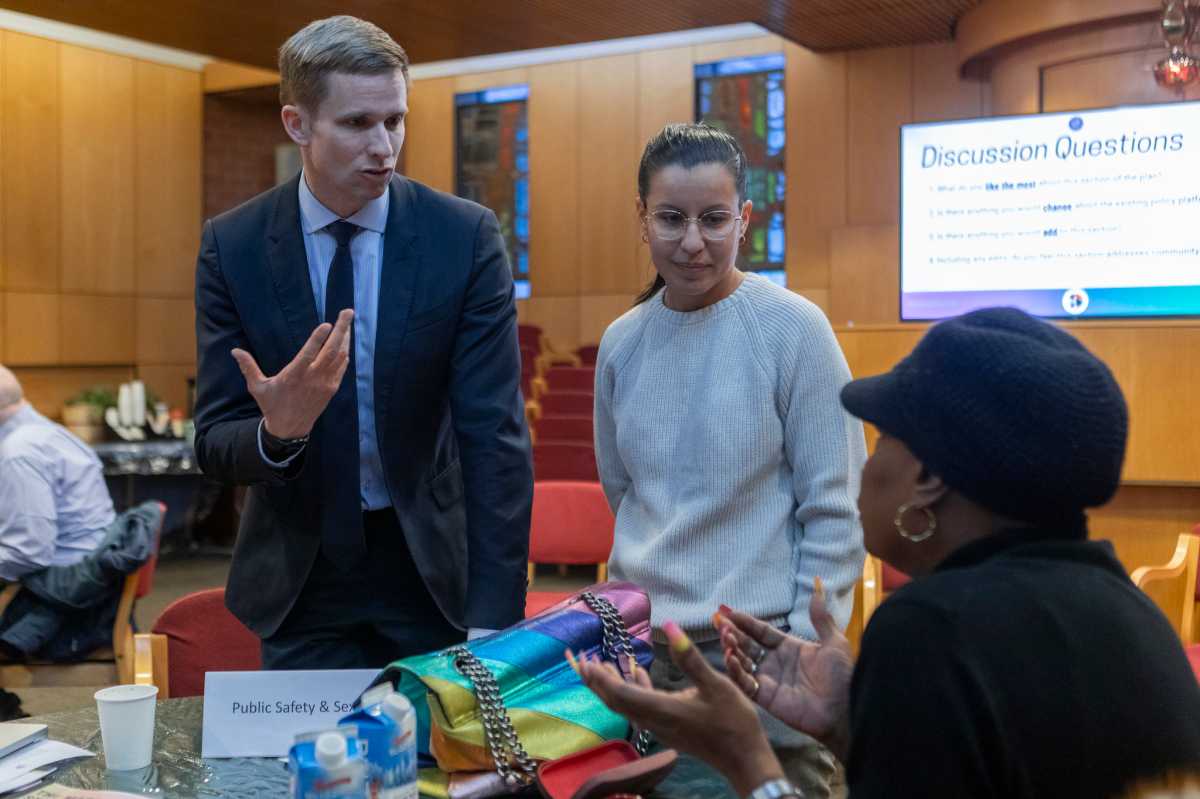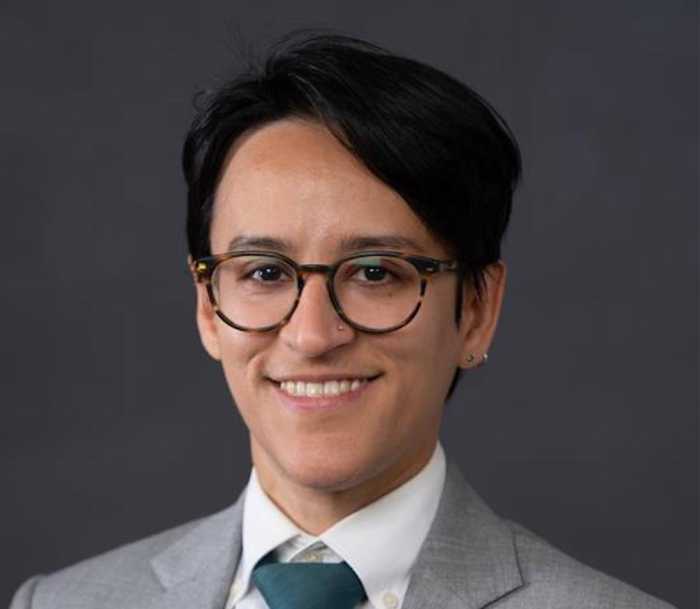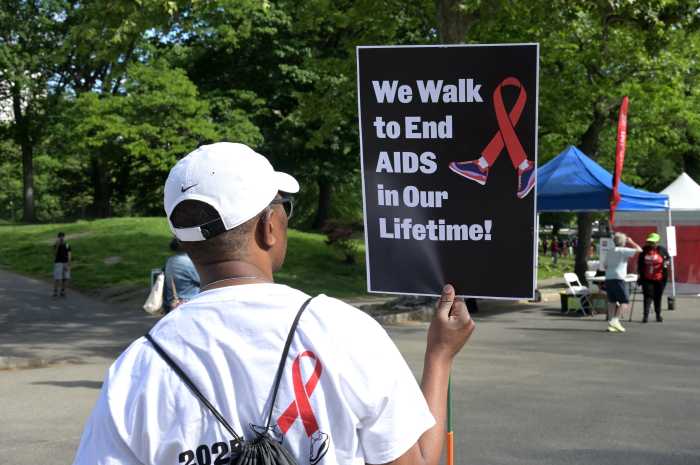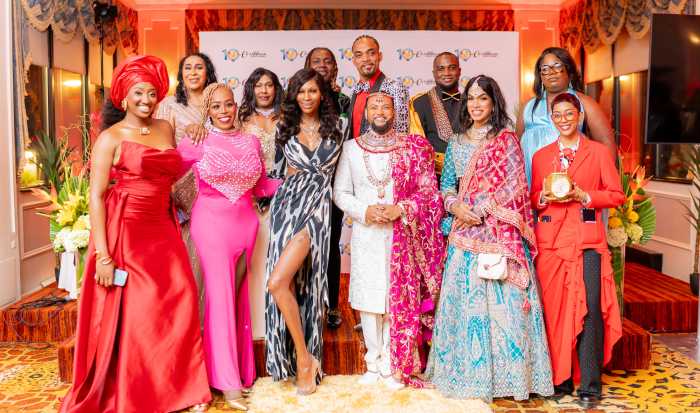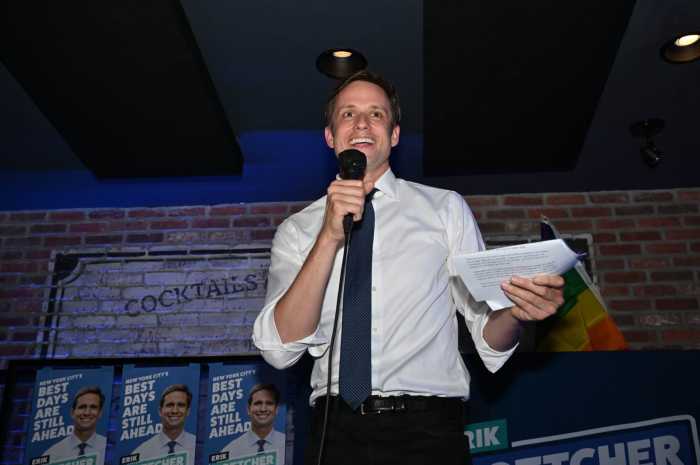As the co-chairs of the NYC Council’s LGBTQIA+ Caucus, it is our duty to uplift our city’s proud legacy as home to world-changing queer movements and longstanding queer communities, and to do our part to help ensure that queer New Yorkers are able to live safe, healthy, joyous lives for generations to come.
That’s why we’re fighting for what the policy world calls “social housing” — permanently affordable homes, democratically owned and controlled by the people who live there, in conjunction with the public. That might mean limited equity cooperatives, or maybe community land trusts, or maybe even public housing, but the essence is this: social housing protects residents from price hikes driven by speculators, which can lead to mass displacement seemingly in the blink of an eye.
Why is social housing a queer issue? For one thing, queer New Yorkers are disproportionately affected by the affordability crisis. Queer New Yorkers are likelier than our cishet counterparts to have experienced employment discrimination. Since we are also more likely to have experienced family separations, there are more of us cut off from a crucial line of support that helps others build nest-eggs and transfer them between generations. We — and especially our trans siblings — are likelier to work in the sex industry, on which grounds landlords are permitted to discriminate against potential tenants.
But there is also another reason social housing is a queer issue: queerness requires affordability. Queer communities’ most important artistic, cultural, and social contributions were born in underground and countercultural spaces that were hospitable to low-income and non-traditionally employed New Yorkers. In a city as unaffordable as New York is now, surviving on art and culture is all but impossible, and our neighbors and loved ones are forced to abandon their creative passions in pursuit of white collar salaries. This produces conformity and obedience rather than the types of diversity and experimentation that has always characterized queer joy, creativity, and culture.
To truly make this an affordable city, the scale of our investment in permanently affordable housing will need to be huge. As it is, just 1% of affordable apartments — those going for under $1,500 a month — are vacant. Our city’s median income would need to double to afford the median rent, and hundreds of thousands of New York tenants owe back-rent. Evictions are on the rise and the shelter system’s population is at a record high.
Social housing is part of the “all of the above” approach that is needed to produce more affordable housing. We need smarter urban planning that allows for growth in the overall housing stock that keeps pace with population growth. However, even if housing costs stabilize, the market will still be out of reach for many low income New Yorkers, especially in wealthier neighborhoods. That’s when income restricted housing is so important.
Some days, it can feel like queer New Yorkers only have the bandwidth to defend our bodies and cultures against a vicious bigoted onslaught. Attacks on gender-affirming care, drag story hour, and more can be so relentless that we reduce our aspirations to merely surviving. The movement for social housing says otherwise: It says that we can thrive.
Councilmembers Tiffany Cabán of Queens’ District 22 and Erik Bottcher of Manhattan’s District 3 are the co-chairs of the City Council’s LGBTQIA+ Caucus.

